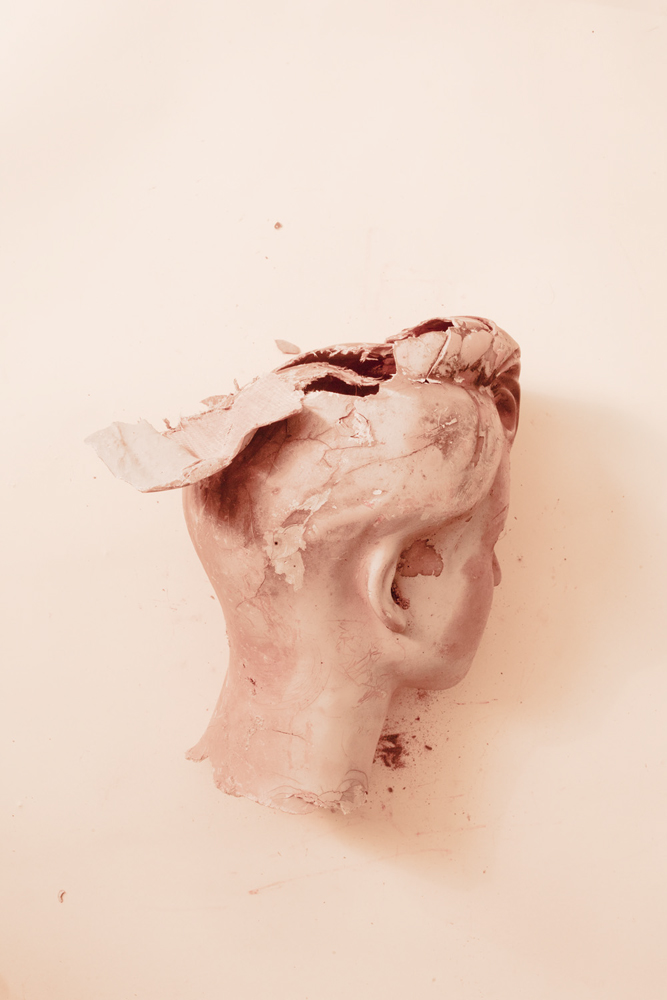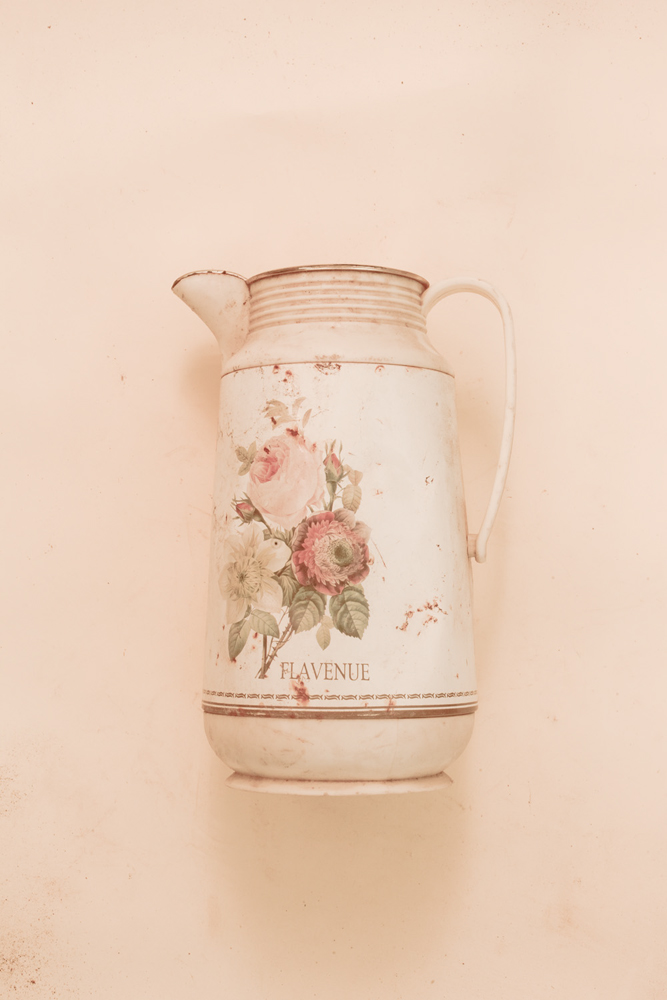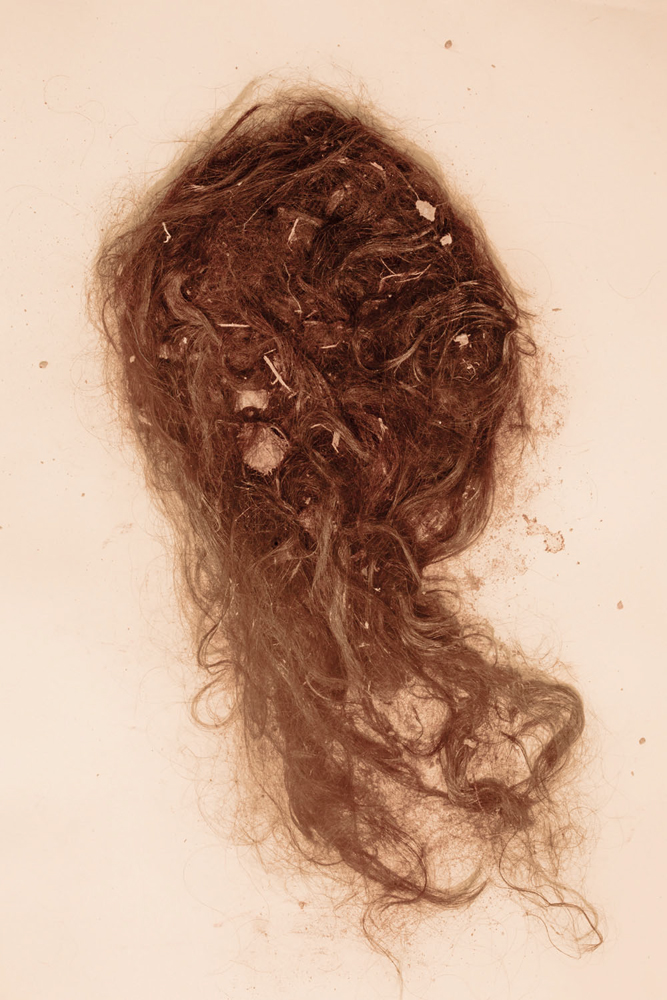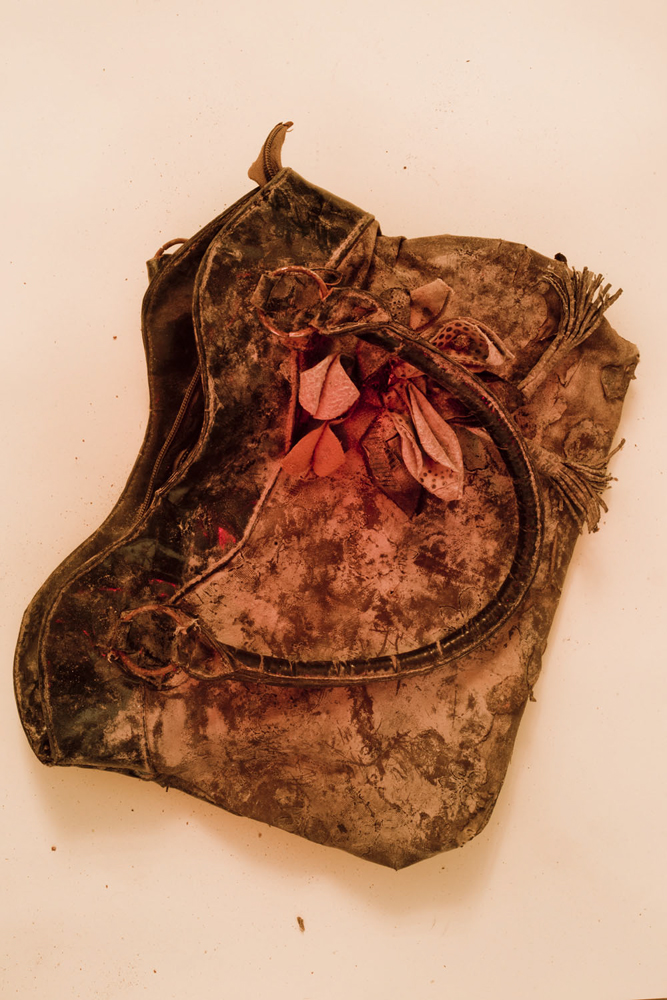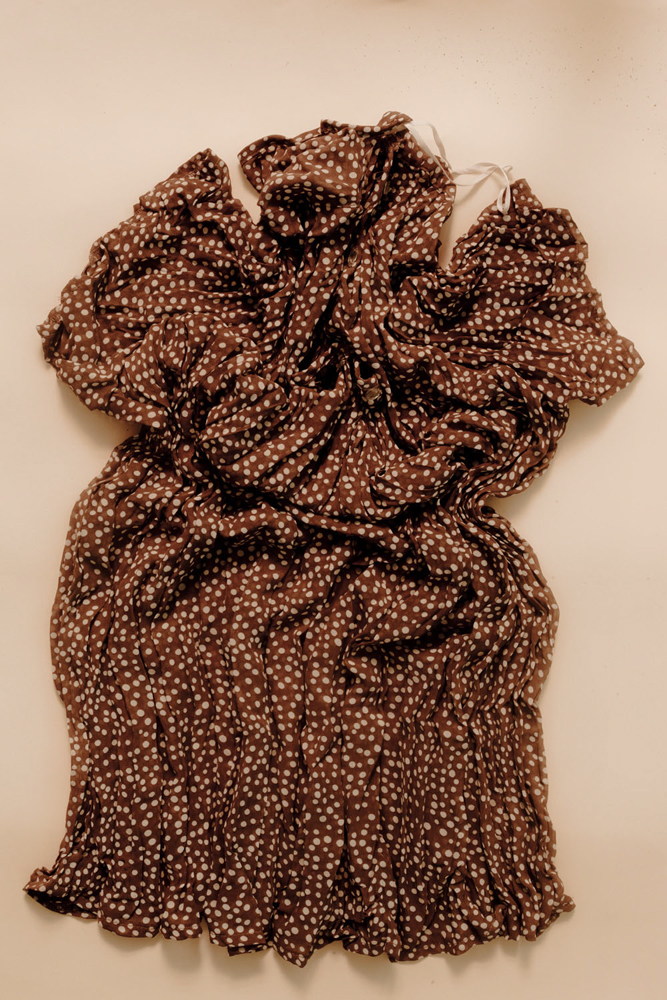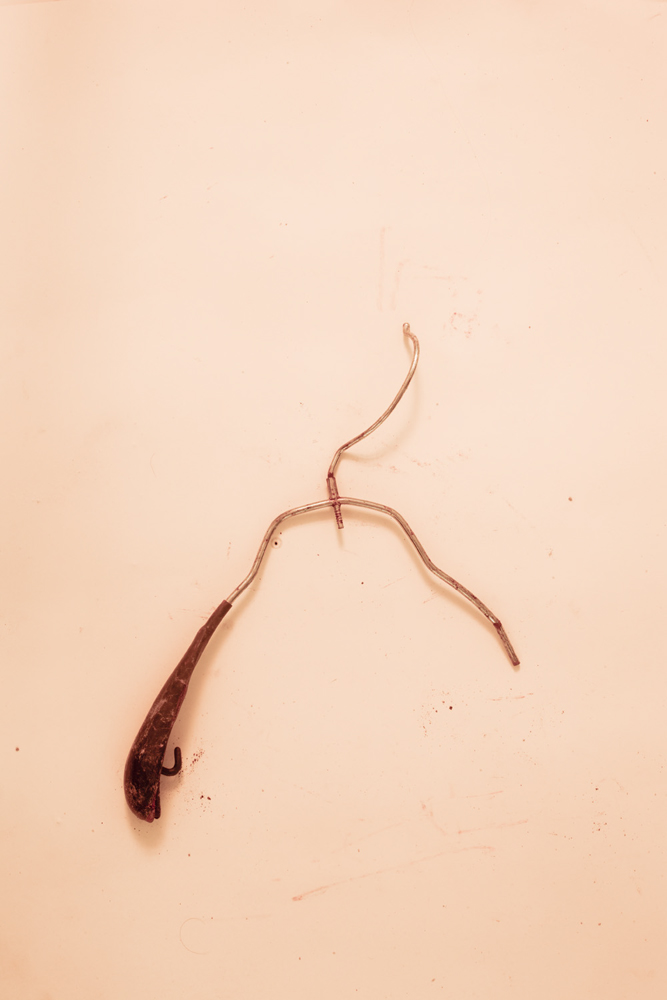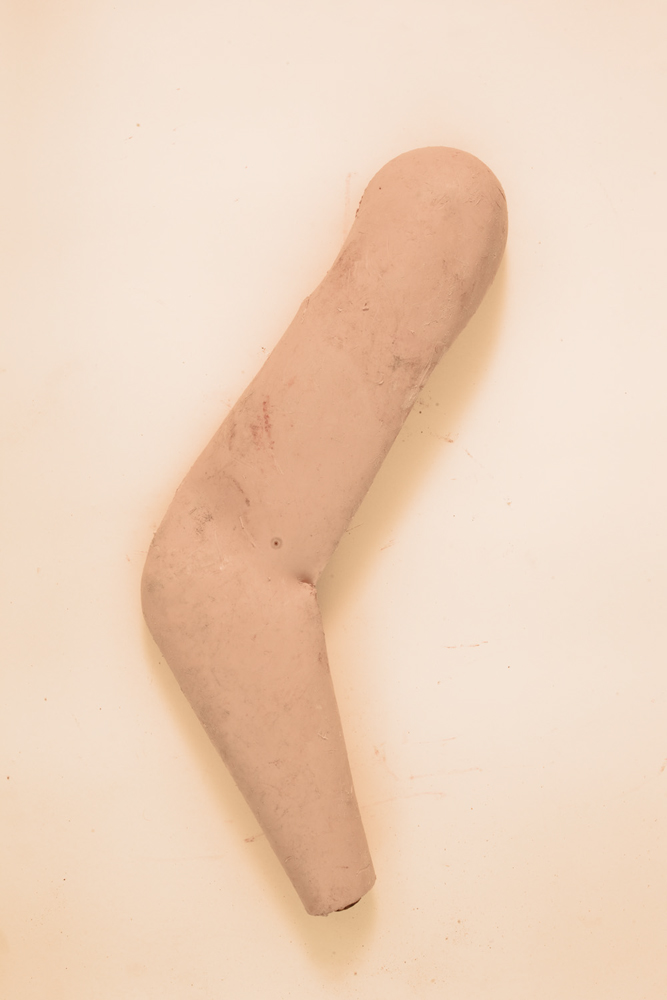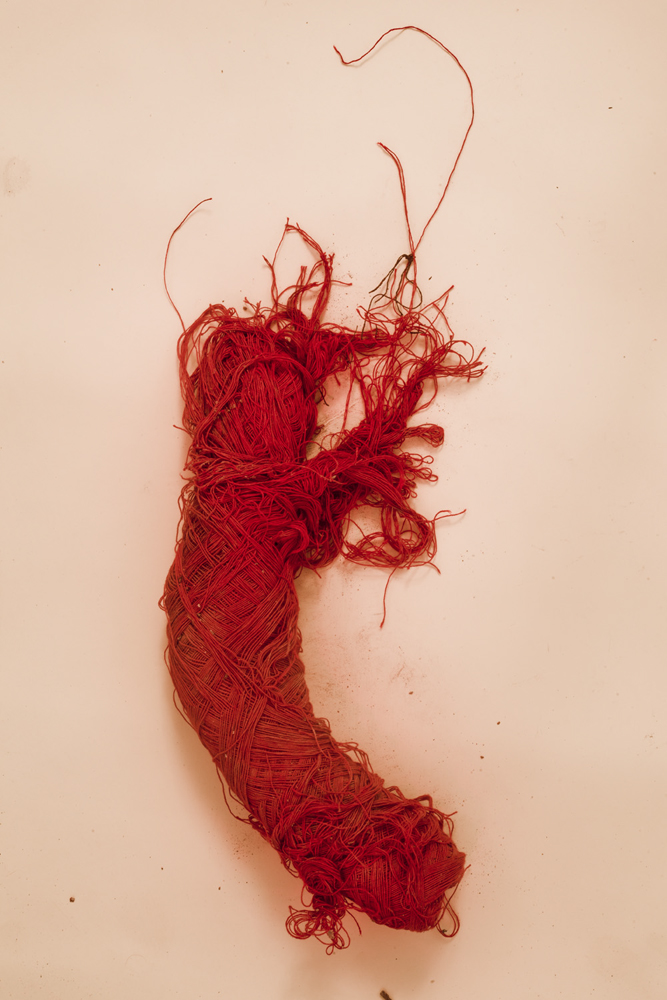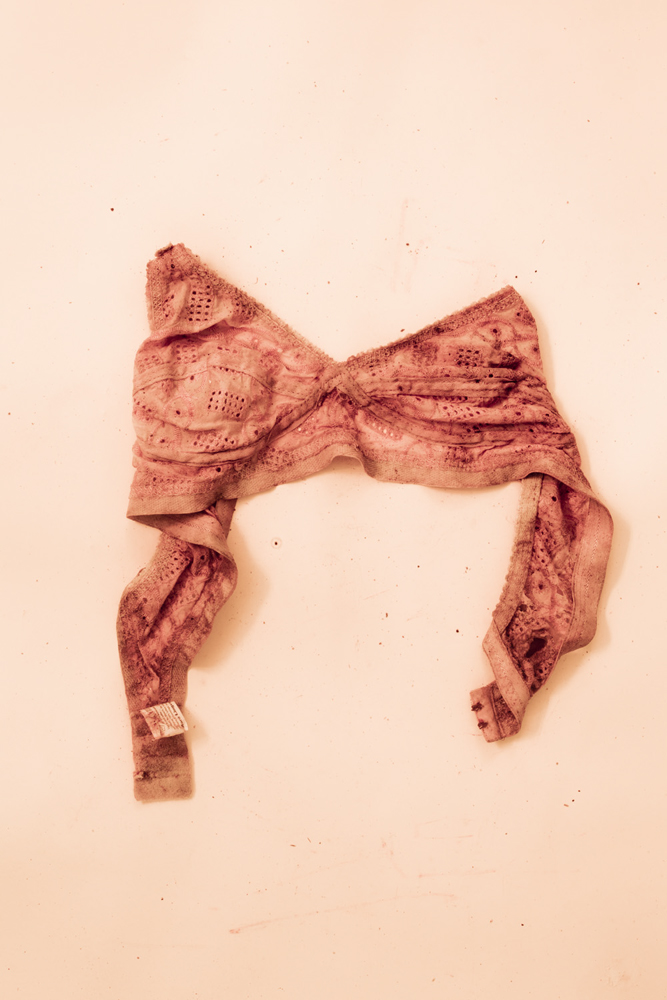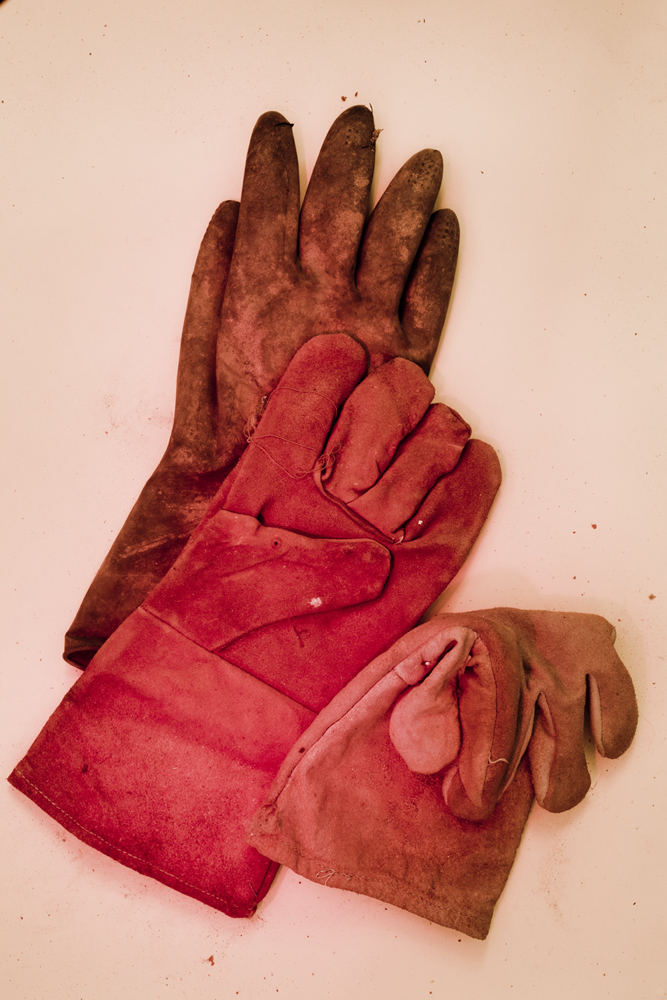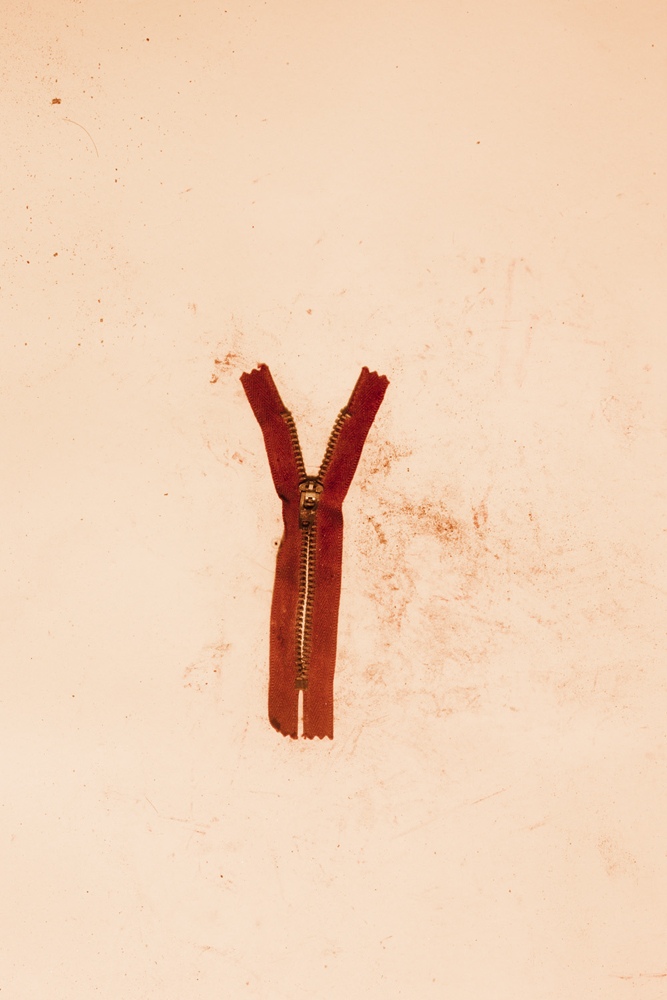Atish Saha born 1990, a Dhaka based documentary photographer currently student of Pathshala South Asian Media Academy. In 2011, he joined Pathshala to study documentary photography. Since then, his prime arena of interest is socio-political and cultural at the same time fictional documentaries. His works have appeared in Time, The Guardian, many others international and local media.
Hossain, a garment factory worker, was the 1133rd person to die. Three hundred people are still missing. Another 2,420 have been rescued alive; many of them now live with permanent disabilities such as amputated limbs.
The family members of those who died in the collapse have often relied on personal belongings, such as, factory or national ID cards, cell phones, clothes, and jewelry to identify the bodies of their loved ones, many of these bodies were disfigured beyond recognition. While wandering around in Rana Plaza’s rubble I have came across remnants of industrial production, spools of thread, synthetic tops sewn by our workers for European customers, and many personal belongings of workers who had once chatted as they worked, drunk cups of tea together, these belongings seem to have eluded the eyes of grieving family members, bent more on discovering the bodies of their loved ones, so that they could be buried respectfully, lovingly.
I had reached Rana Plaza within the hour after the building had collapsed. By the time the rescue operation had ended twenty-one days later, I had photographed dead bodies, amputated limbs, persons being pulled alive from the rubble, rescuers screaming for help, I had taken many a shot of massive crowds of people maintaining twenty-four hour vigils around the pancaked building, I had photographed people trapped under mounds of debris whose lives had flickered out right before my eyes. I had also taken photographs inside hospitals and clinics teeming with injured workers and their relatives. After the rescue operation ended, I felt empty and drained. I kept returning to Rana Plaza. I wandered around in the wreckage, I came across human hair, women’s purses, under clothing, an odd tea pot, gloves manufactured for export, masks worn by rescuers, helmets, clothes, fabrics, broken machines, and half-destroyed mannequins – none of these belong to anyone any longer. I began photographing these objects.




